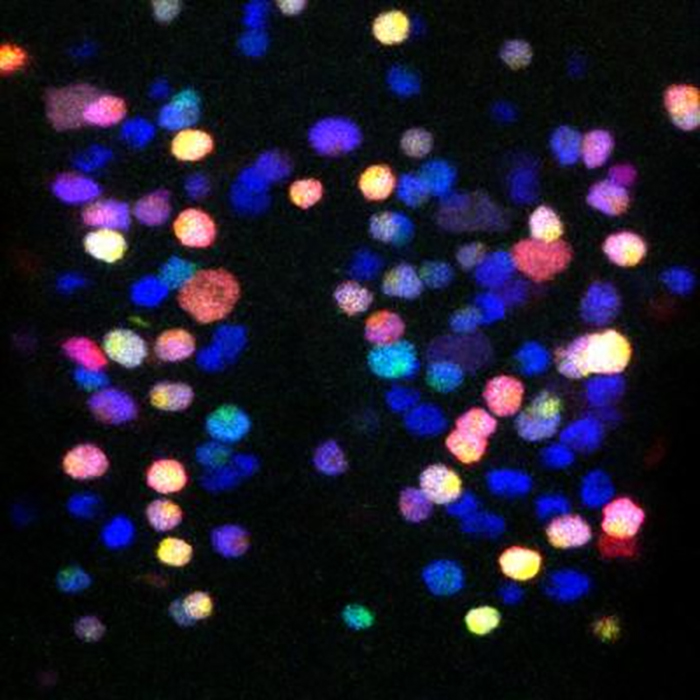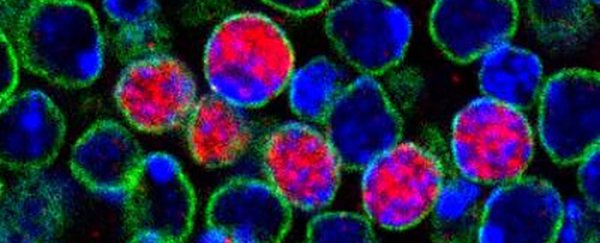A newly discovered type of stem cell could help brains repair themselves from injury or even debilitating diseases like Alzheimer's, according to the latest research.
Called the "G2 quiescent stem cell", it's one of several 'sleeping' (or quiescent) stem cells in the brain.
But this one is showing more potential for regeneration than the others have so far. Like other stem cells, it can produce cells of all different types on demand – whatever the body needs.
If we can work out ways to enable and harness these stem cells, they could eventually be used in place of invasive surgical procedures, according to the two researchers from the University of Cambridge in the UK.
"The brain is not good at repairing itself, but these newly-discovered stem cells suggest there may be a way to improve its ability," says one of the researchers, molecular biologist Andrea Brand.
"These stem cells are in a dormant state, but once awake, they have the ability to generate key brain cells."
 Stem cells waking up in the Drosophila brain. (Andrea Brand/Leo Otsuki)
Stem cells waking up in the Drosophila brain. (Andrea Brand/Leo Otsuki)
And that's key to developing new treatments off the back of this research – quiescent cells have to be roused from their slumber before they'll produce any new cells. Right now it's not clear exactly how to do that.
The signs are good though: the new study found that G2 quiescent stem cells can wake up relatively quickly to start producing neurons and glia, the key cell types in the brain.
That's based on a study of the Drosophila or small fruit fly, which shares a lot of DNA similarities with humans. With 60 percent of the human genes associated with disease also found in the fruit fly, scientists see them as useful test models.
In this research, a gene known as tribbles was identified as being specifically able to control the G2 cells in fruit flies – a process that the scientists think could be replicated in the human brain, with more work.
"We've found the gene that directs these cells to become quiescent," says one of the researchers, Leo Otsuki. "The next step is to identify potential drug-like molecules that block this gene and awaken a person's stem cells."
While actual treatments are still a significant way off, having a natural agent working on the inside could be really important for the future of dealing with brain damage.
As diseases like Parkinson's and Huntington's show, once the brain starts going, it's hard to bring back.
There's still a lot we don't know about the brain and its inner workings, from the way it produces cells to the way that brain diseases take root. The good news is, we're making progress all the time.
But this new research isn't limited to just the brain – the researchers think the same sort of stem cells could eventually be found in other organs, and then controlled, once we've worked out the right chemical signalling.
"We believe there may be similar quiescent stem cells in other organs, and this discovery could help improve or develop new regenerative medicines," says Otsuki.
The research has been published in Science.
